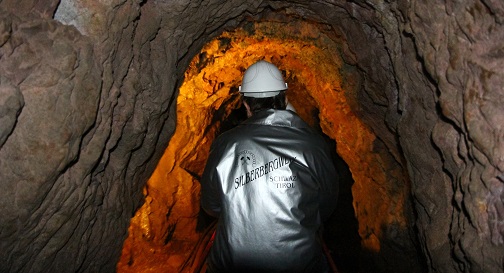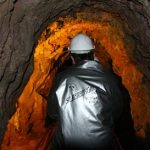
Confined Space Training Course
Occupli Training’s Confined Space course is aimed at Confined Space Entrants, Observers and Permit Supervisors and covers both theory and practicals, including the use of breathing apparatus to ensure safety during confined space training.
Practical training is essential for confined space entrants to attain an approved standard of safety and compliance with procedures. We outline current applicable legislation, permit to work systems, safe systems of work. As well as procedures for entry and rescue.
CPR with respect to the observer is also addressed. This course involves actual confined space entry and rescue techniques. All our instructors are active Fire Brigade trainers.

Scheduled Dates
Image | Name | Price | Quantity | Add to cart |
|---|---|---|---|---|
€290.00 | ||||
€290.00 | ||||
€290.00 | ||||
€290.00 | ||||
€290.00 | ||||
€290.00 |
Duration: 1 Day
Participants: Up to 10
Flexible Venue: This course can be completed at the Occupli Fire Training Centre (Ringaskiddy, Co. Cork) or at your own workplace
Accreditation: Occupli Training Certification
Course Objectives
Aim of course: Risk Assessment
-
An overview of the hazards associated with confined space entry, including the roles and responsibilities of a confined space entrant
-
Ensure people are capable of putting in place safe work practices. Therefore, ensuring a safe place of work when working in confined spaces as it applies to the workplace
-
Make sure that they can follow emergency procedures in the event of a confined space incident
-
Legislation covering entry into a confined space (2001 Confined Space Regulations)
Target Audience
Confined Space Entrants, Observers and permit Supervisors
Course Contents: Emergency Procedures
-
Legal overview – 2001 Confined Space Regulations and Code of Practice- Hazards to do with working in confined spaces
-
Safe systems of work
-
Permit to Work Systems – an effective way of controlling risk?
-
Equipment necessary for confined space work
-
Wearing breathing apparatus: Emphasizes the importance of assessing risks and employing safety measures, including the use of breathing apparatus to mitigate risks associated with noxious gases. Proper training and equipment are essential to comply with health and safety regulations.
-
-
Individual responsibility in confined space entry
-
Testing for toxic and flammable gases
-
Knowledge of rescue procedures
-
Theory and practical exercise
What is Confined Space Training
Confined space training is a specialized program designed to educate individuals on the safe entry and work practices in confined spaces. These areas are enclosed or partially enclosed and pose potential risks such as fire, explosion, asphyxiation, drowning, or loss of consciousness. Through confined space training, workers gain the knowledge and skills to identify potential hazards, assess risks, and develop safe systems of work to minimize these risks. This training is crucial for ensuring safety and compliance in environments where confined space entry is required.
Types of Confined Space Training
There are various types of confined space training courses available to cater to different risk levels and job requirements:
-
Medium Risk Confined Space Training: This course is tailored for workers who need to enter confined spaces with medium-level risks, such as those with limited access or egress. It focuses on safe entry practices and risk management.
-
High Risk Confined Space Training: Designed for workers facing high-level risks, such as hazardous atmospheres or complex entry procedures, this training covers advanced safety measures and emergency procedures.
-
Confined Space Entry Training: This comprehensive training covers all aspects of confined space entry, including risk assessment, gas detection, and emergency procedures, ensuring workers are well-prepared for safe confined space working.
-
Confined Space Rescue Training: Focused on emergency response, this training equips workers with the skills and knowledge needed for effective rescue operations in confined spaces, including the use of specialized rescue equipment.

Can’t find what you’re looking for?

